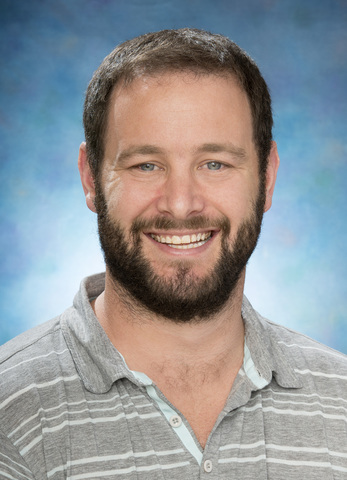Astrophysical Inferences of Gravitational Wave Sources
One of the primary tasks of gravitational-wave astronomy is figuring out what kind of system made the gravitational-wave strain that we observe in our detectors. This is known as the "inverse problem": understanding which physical model best fits the observed data.
Whether it be determining the masses of two black holes that smashed into one another, understanding whether a neutron star or black hole survived the collision of two neutron stars, or establishing whether there's evidence for extra gravitational-wave polarisations other than those predicted by Einstein's general relativity, the mathematical tool that enables solutions to the inverse problem is Bayesian inference.
I am the PI on a project that has built a user-friendly Bayesian inference library—Bilby. With core developers Greg Ashton, Moritz Hübner, and Colm Talbot, we have built an easy-to-use software for performing Bayesian inference.
Bilby will soon be the code that is used for analysis of real LIGO and Virgo events. It has already been used in a number of expolatory gravitational-wave studies, including:
- looking for a binary neutron star stochastic background
- Gravitational-wave lensing studies
- Parallelisation of inference codes for gravitational-wave astronomy
- Exploring the higher-order mode content of gravitaitonal-wave signals
We anticipate the above list to grow. If you're keen to understand how Bilby can improve your life (or just your data analysis), then please don't hesitate to get in touch. Alternatively, we have a Bilby Slack channel, which is probably the quicket way to get help with the software.
